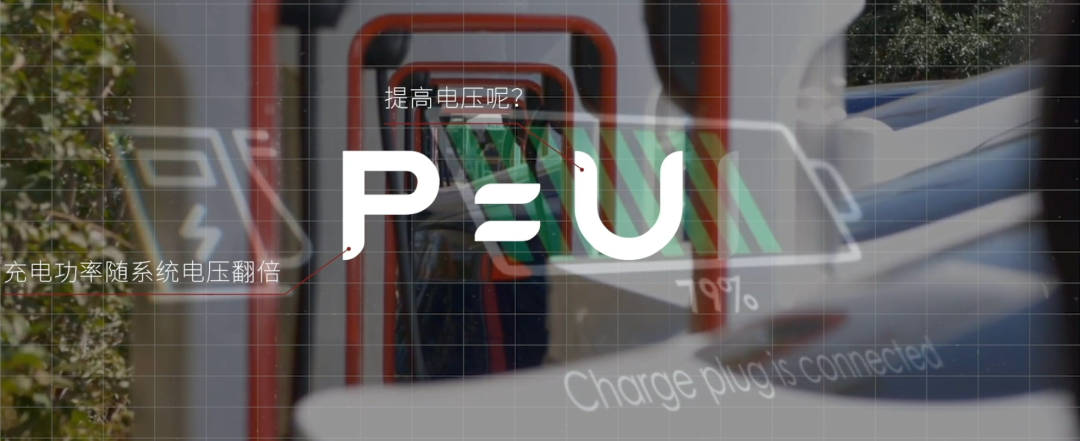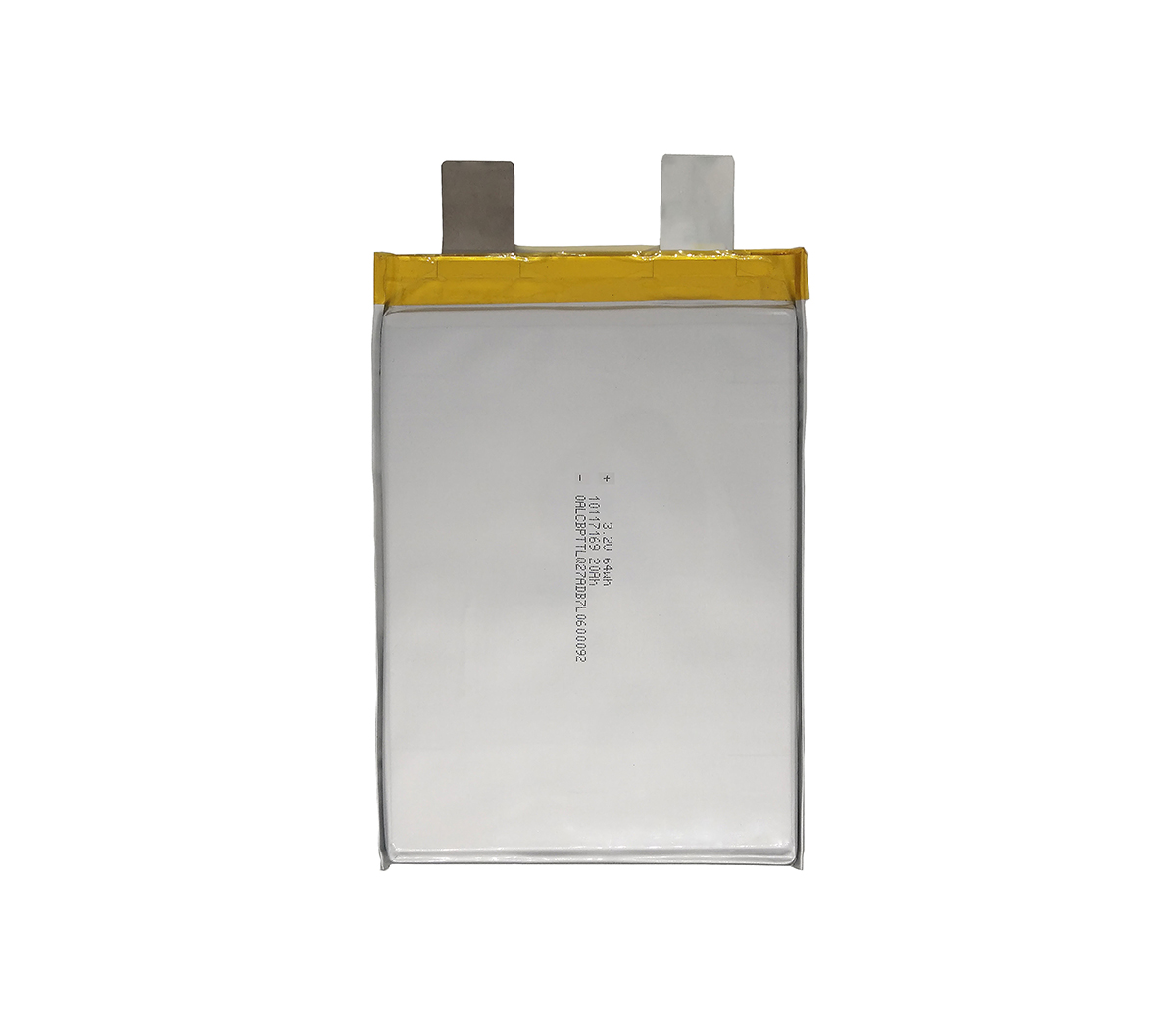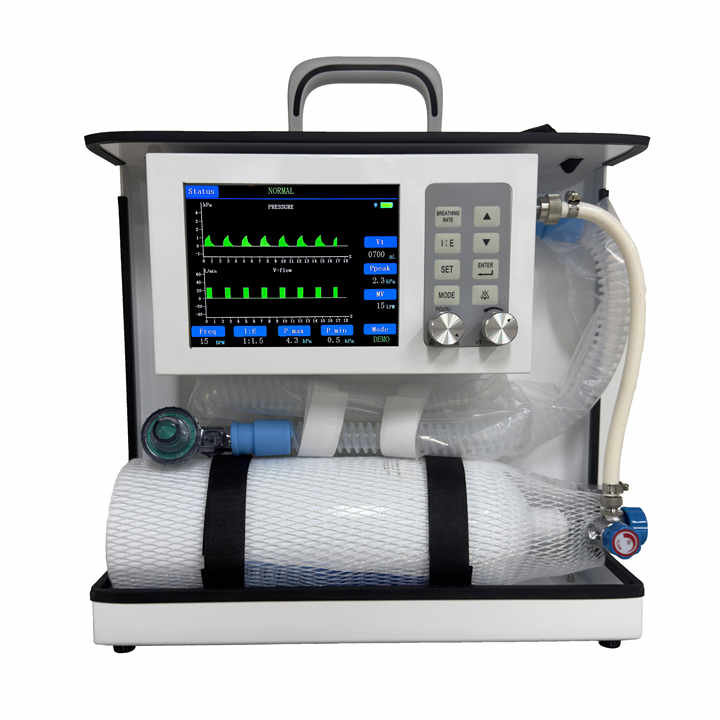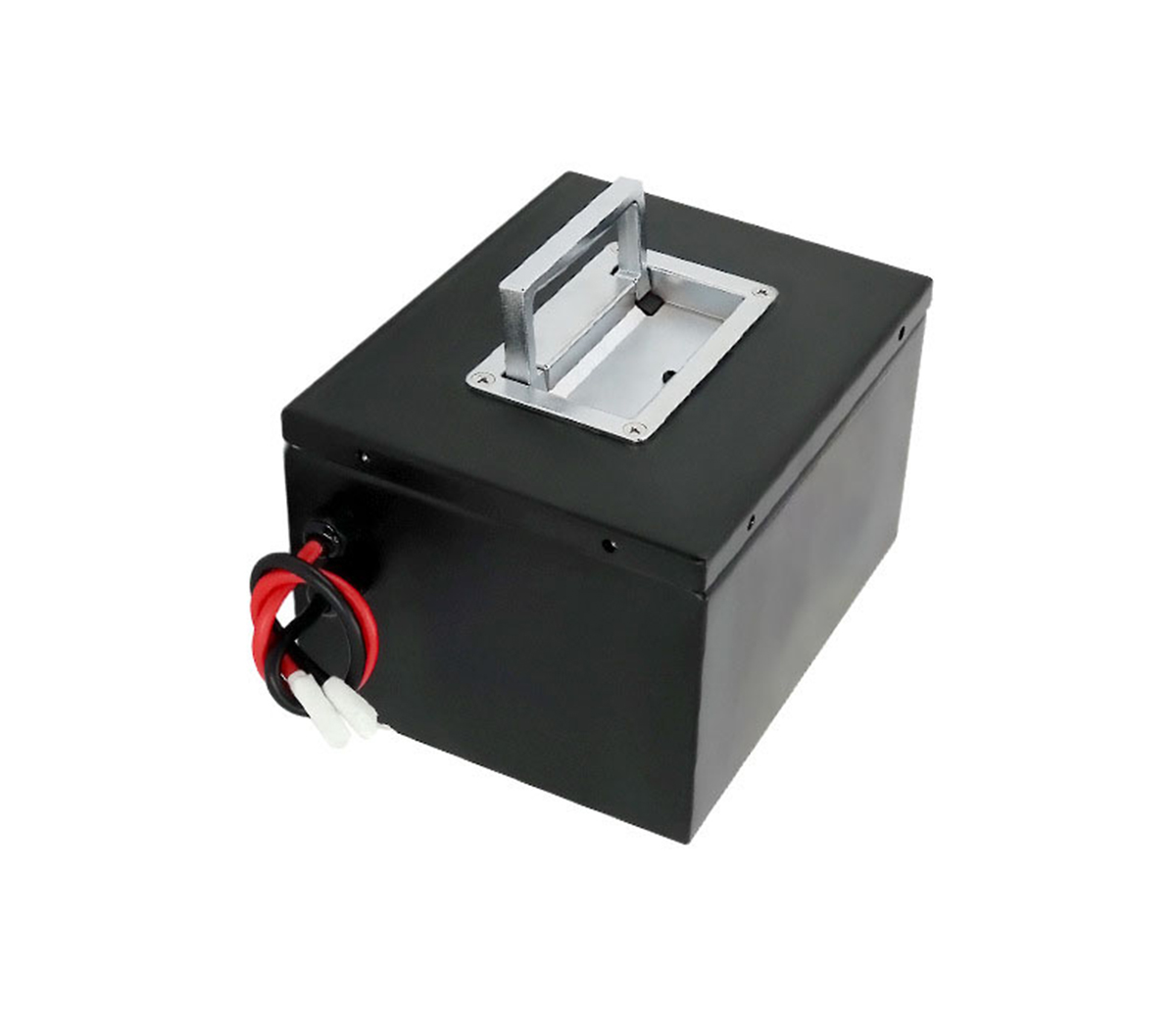Why do electric vehicles need to go on the 800V high-voltage platform, what
are the advantages and difficulties?
Shilpan Amin, vice president of General Motors, once said: "Electric
vehicle users are pursuing longer range, and silicon carbide is regarded as an
important material in power electronic design."
SES Power has very rich experience in lithium battery energy storage
systems, and we also have certain experience in electric vehicle batteries.
After all, we have experienced nearly 20 years of hard work in the lithium
battery industry. Although we do not directly produce lithium battery packs for
electric vehicles, we have many supporting lithium battery products, such as
12V30Ah, 12V50Ah, 12V60Ah lithium iron phosphate battery packs that can
perfectly replace the lead-acid battery for starting the car, and the CCA
current reaches 1500A.
We believe that the rise of silicon carbide will accelerate the progress of
800V high voltage platform systems for electric vehicles. It is predicted that
SiC power components will enter a rapid explosion stage with the large-scale
deployment of 800V platforms in the next few years.
Silicon carbide and 800V can be described as "mutual achievements", and
they both have "bright futures". The following is a detailed analysis of the
800V high voltage platform by SES Power.
A: Why do electric vehicles use 800V high-voltage platforms?
Whether it is a manufacturer or a car owner, the effect of "charging for 5
minutes, lasting 200km" is a dream. To achieve this effect, it is necessary to
solve two major difficulties: the first is to greatly improve the charging
performance of the lithium battery and quickly increase the battery charging
speed; the second is to improve the operating efficiency of the vehicle, and to
extend the driving range under the same power mileage.
Here, we can understand it with a simple physical formula: P=UI. So if you
want to increase the power, there are two ways to increase the current or
increase the voltage.

The high current will lead to high heat loss of the charging gun, cable and
core components of the power battery, and the theoretical upper limit is not
large. Therefore, the path of boosting the current is not suitable. So, what
about raising the voltage? When the system current remains unchanged, the
charging power will double with the system voltage, that is, the peak charging
speed will double, and the charging time will be greatly shortened. In addition,
under the same charging power, the higher the voltage, the lower the current,
and the wire does not need to be as thick, and the heat loss of the wire will
also be reduced.
So this means that under the 800V platform, thinner charging wires can be
used. A study by Huawei shows that fast charging using 800V high-voltage mode
supports 30%-80% SOC maximum power charging, while low-voltage high-current mode
can only perform maximum power charging at 10%-20% SOC, and charging power in
other ranges. It fell very quickly.
It can be seen that the 800V high-voltage mode can support faster charging
for a longer time.
The higher operating efficiency of the whole vehicle means that when the
current remains unchanged, the higher the battery voltage, the greater the power
of the motor, and the higher the efficiency of the motor drive. Therefore, the
800V high-voltage platform is easy to achieve high power and torque, as well as
better acceleration performance. Although it is said that the improvement of
energy supplementation efficiency brought by 800V to electric vehicles is
qualitative, one of the biggest obstacles to the promotion of the 800V platform
is cost.
B: Why is the cost issue? What changes will the 800V platform bring?
If the electric vehicle architecture is upgraded to 800V, then the standard
of its high-voltage components will be raised accordingly, and the inverter will
also be replaced from traditional IGBT devices to MOSFET devices of SiC
material. The cost of the inverter itself is second only to the components of
the battery. If it is upgraded to SiC, the cost will be raised by another
level.
However, for OEMs, the application of silicon carbide generally does not
only consider the cost of power devices, but more importantly, consider changes
in the cost of the entire vehicle. Therefore, it is very important to find a
balance between "cost savings brought by SiC" and "its own high cost".
In terms of SiC, the first person to eat crabs is Tesla. In 2018, Tesla
replaced the IGBT module with a silicon carbide module for the first time in the
Model 3. At the same power level, the package size of silicon carbide modules is
significantly smaller than that of silicon modules, and switching losses are
reduced by 75%. Moreover, after conversion, the system efficiency can be
improved by about 5% by using SiC modules instead of IGBT modules.
On the cost side, this replacement costs nearly $250. However, due to the
improvement of the efficiency of the whole vehicle, the installed capacity of
the battery has decreased, and the cost of the battery end has been saved.
It's a gamble for Tesla to keep costs down thanks to its huge market
volume. Tesla also took the lead in occupying the technology and market of 400V
battery systems with this change.
In terms of 800V, Porsche is the first manufacturer to try. Porsche
installed the 800V system in the all-electric Taycan sports car launched in
2019, which completely set off an arms race for the 800V high-voltage
architecture of electric vehicles. Analyzing the cost from the Porsche side is
quite "inappropriate". After all, they mainly focus on the luxury car route and
pay attention to a brand premium.
However, in the development and application of technology, this is a big
project that "affects the whole body". For example, under 800V high-voltage
charging, the voltage of the battery pack should also be relatively raised to
800V. In addition, these changes are not limited to charging systems, but will
also involve battery systems, electric drive systems, high-voltage accessories
and wiring harness systems. This is a systemic effect!
The original Taycan did not come up with a voltage platform composed
entirely of 800V electrical appliances. Porsche could not find an
air-conditioning compressor with an 800V working voltage, but integrated two
high-voltage systems of 400V and 800V through a DCDC converter, and Some
compromises and concessions have been made in the fast charging speed of the
battery.
C: "Which came first, the chicken or the egg?"
For OEMs, launching a product with a high-voltage platform without
supporting infrastructure will make users face the problem of charging
difficulties. The problem of "the chicken or the egg" has also evolved into the
problem of "the car waits for the pile" or "the pile waits for the car".
To accelerate the promotion of the 800V high-voltage platform, the existing
charging piles must be upgraded. Compared with the previous ordinary charging
piles, the cost of 800V high-power charging piles has at least doubled, or even
2 to 3 times. For low-end models, the distribution of 800V high-power charging
piles on-board will greatly reduce their price competitiveness. Secondly, the
extremely high charging power is a huge challenge to the power grid. Whether it
can be promoted on a large scale also depends on the infrastructure capacity of
the power grid.
However, for charging pile operators, high-power fast charging can also
help improve profitability. When car companies scramble to deploy the 800V
technical architecture, the number of high-voltage and high-power charging piles
adapted to it will also increase in parallel. For example, Tesla's super
charging pile network, Xiaopeng Motors innovatively combines 800V fast charging
and energy storage systems, etc.
In order to turn 800V products from concept into reality, practical
problems in infrastructure such as high-power charging piles and power grid
infrastructure capabilities need to be solved.
D: Conclusion
In addition, the shortage of chips will also have a certain impact on the
promotion of the 800V platform. The application of SiC also needs to consider
technology upgrades and market effects, and it is not expected to complete the
replacement of silicon-based IGBTs in a short time.
With the arrival of 800V, not only inverters, but also on-board chargers,
DC/DC converters and charging piles have strong demand for SiC. In the latest
forecast, the SiC device market is expected to grow from a $1 billion business
in 2021 to more than $6 billion by 2027.



































